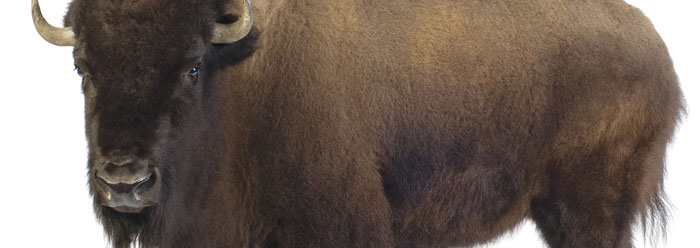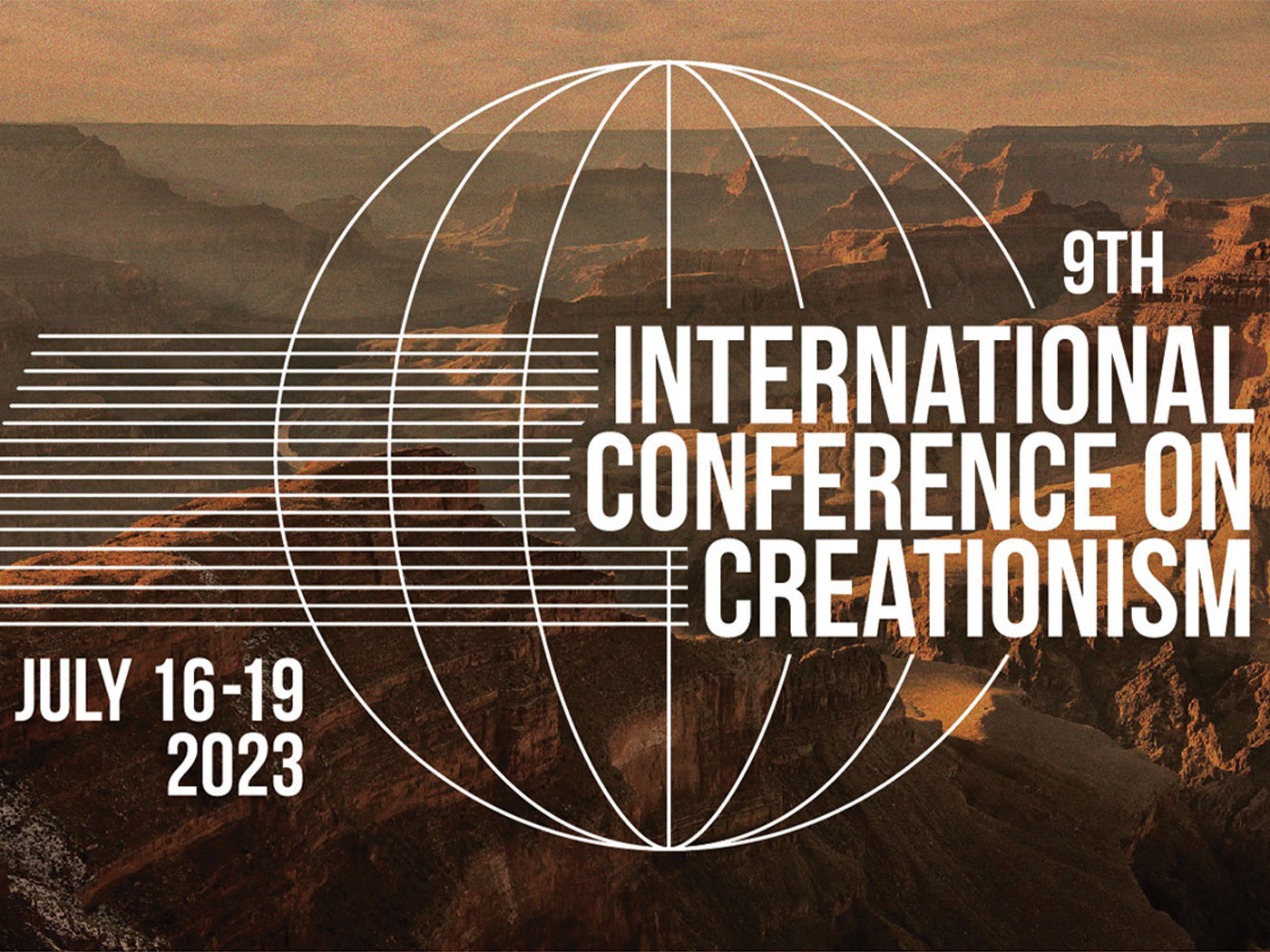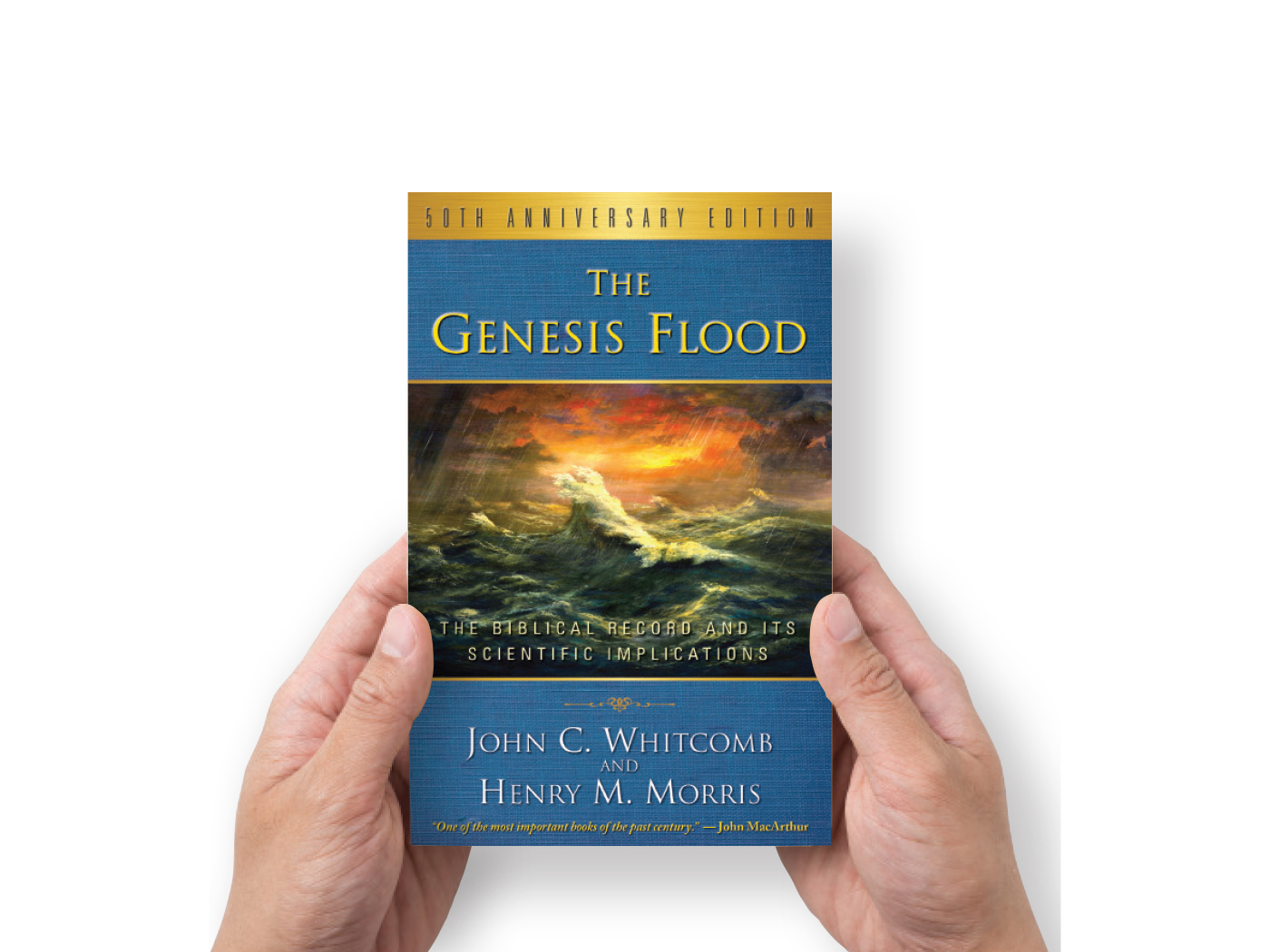by Tim Clarey, Ph.D., and Jeffrey P. Tomkins, Ph.D.*
Weren’t dinosaurs too big to fit on the Ark? Creation scientists need accurate estimates of average animal sizes to determine the feasibility of fitting all animal “kinds” on the Ark. Because dinosaurs were on the Ark,1 an accurate value for their average size is important when making these calculations.2 Previously, dinosaur size estimates were derived from the recollections of fossil hunters, with few values based on empirical data.3,4 Our recently published journal paper used the most up-to-date and comprehensive survey of dinosaur sizes available5 to demonstrate that the average (median) adult dinosaur weighed about 1,390 pounds, around the size of an American bison.6
Our data set began with a survey of over 900 species.5 We eliminated all birds and the dinosaur species that lacked measured values and pared down our final dinosaur data set to 350 species. The designations allowed division of the dinosaurs into five suborders, enabling us to determine the average size for each major dinosaur type. Finally, we extracted the Flood burial level (stratum) for 348 of the 350 species.
While dinosaurs were distributed across a large spectrum of sizes, most could be grouped into two categories—those that stayed very small (under 130 pounds) and those that grew quite large (2,380 to 123,500 pounds). Those found buried in the lowest and earliest dinosaur-bearing Flood layers were virtually all small, although there were many small dinosaurs buried throughout the entire range of dinosaur-bearing rocks. There was a general size increase upward into younger Flood layers, but it was not universal or statistically strong.
The largest sauropodomorphs (long-necked dinosaurs like Apatosaurus) were found buried about midway through the Flood record of dinosaurs. Ornithopods (duck-billed dinosaurs) showed a steady increase in size from earlier to later Flood deposits, attaining the greatest size in the uppermost dinosaur-bearing strata. Theropods (like T. rex and Allosaurus) also generally showed an increase in size from the earliest to the later Flood deposits but had a small peak in size in the middle of the dinosaur-bearing strata, similar to sauropodomorphs.
These data demonstrate that the average adult dinosaur size was not that of a large dog or pony—a misconception first promoted by evolutionary paleontologists in the 1990s during the heyday of the Jurassic Park movies. While dinosaurs grew to a wide range of sizes, the average was about that of a bison. However, just because the median dinosaur size was fairly large, it does not mean there was a room problem on the Ark. Most dinosaur pairs on the Ark would likely have been smaller juveniles—not the large mature dinosaurs often seen in museums.7 Thus, the dinosaurs taken on the Ark might have only averaged 150 to 500 pounds—or about sheep-size.
It appears many young dinosaurs went through a year or two of rapid growth, a growth spurt similar to teenage humans.8 Dinosaurs were probably taken on the Ark about a year prior to this growth spurt when they needed less to eat and took up minimal space. After the Flood and upon their release to the land, the dinosaurs would have rapidly matured to adult size and sexual maturity—perfectly able to fulfill God’s command to repopulate and fill the Earth (Genesis 9:7).
References
- Genesis 7:7-9 indicates that Noah took with him representatives of “everything that creeps on the earth,” which would have included dinosaurs.
- Woodmorappe, J. 1996. Noah’s Ark: A Feasibility Study. Dallas, TX: Institute for Creation Research, 3-135.
- Crichton, M. 1995. The Lost World. New York: Ballantine Books.
- Horner, J. R. and D. Lessem. 1993. The Complete T. Rex. New York: Simon & Schuster.
- Benson, R. B. J. et al. 2014. Rates of Dinosaur Body Mass Evolution Indicate 170 Million Years of Sustained Ecological Innovation on the Avian Stem Lineage. PLOS Biology. 12 (5): 1-11.
- Clarey, T. L. and J. P. Tomkins. 2015. Determining Average Dinosaur Size Using the Most Recent Comprehensive Body Mass Data Set. Answers Research Journal. 8: 85-91.
- Clarey, T. 2013. ICR’s Toddler Duck-Billed Dinosaur: Eddie. Acts & Facts. 42 (10): 9.
- Erickson, G. M., K. C. Rogers and S. A. Yerby. 2001. Dinosaurian growth patterns and rapid avian growth rates. Nature. 412 (6845): 429-433.
* Dr. Clarey received his Ph.D. in geology from Western Michigan University. Dr. Tomkins received his Ph.D. in genetics from Clemson University. Dr. Clarey and Dr. Tomkins are Research Associates at the Institute for Creation Research.

















